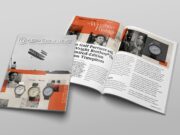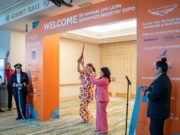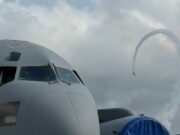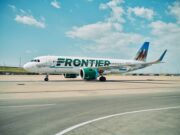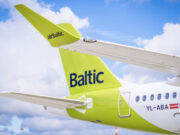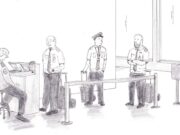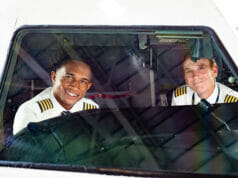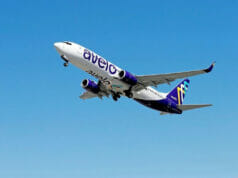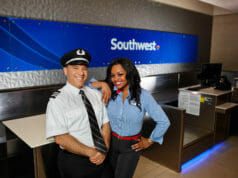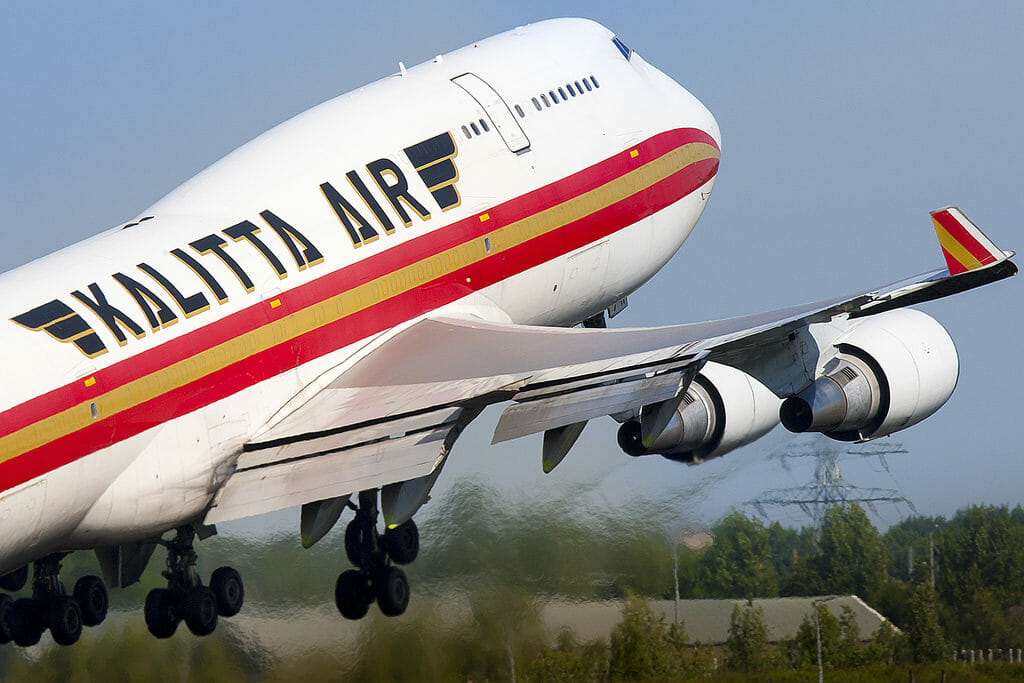
Kalitta Air is an FAA Part 121 cargo carrier that operates a fleet of Boeing 747-400 and 747-200 freighters on an expansive worldwide network of both scheduled and on-demand cargo charters. For the last 15 years, we have proudly and professionally served our customers’ needs by providing long-range, heavy-lift cargo services to virtually anywhere on the globe. Kalitta Air’s has established a reputation of dependability and flexibility that has enabled us to establish solid, long-term alliances with such entities as DHL, US and allied armed forces, Asiana, Pacific Air Cargo and many others.
In order to meet our current and projected growth in customer demand, we are in the process of expanding our fleet of 747-400s and working to augment the 747s with twin-engine wide-body freighters in the near future.
As the company grows, so does our need to hire highly qualified, mission-oriented professional pilots to join our team. At this time, we are hiring pilots exclusively onto the 747-400. Our pilot group is composed of pilots who have joined us from all facets of aviation, including regional airlines, the US military and corporate operations.
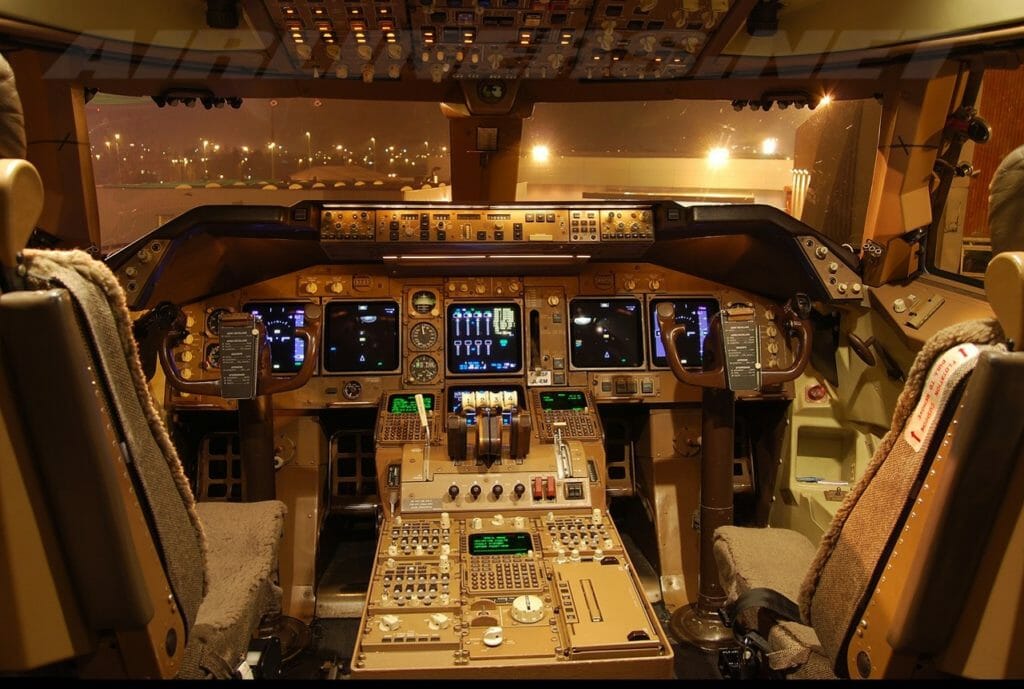
Pilot quality of life and benefits:
$66/hr. 1st year pay.
All flying done on an off day is paid at 150% of pilot’s hourly rate.
100% company paid travel to/from work. Kalitta Air pilots may live virtually anywhere in the country including Alaska and Hawaii. The company purchases positive space tickets to and from duty assignments, completely eliminating the stress of jumpseating to and from work that is so familiar to any airline pilot who has ever had to commute.
Industry-leading Blue Cross/ Blue Shield health, dental and vision care package at a cost of only $20 per pay period (every 2 weeks) for individuals and $40 per pay period for families. The insurance becomes free after 5 years of service.
17 days on, 14 days off schedule. (13 days off during a 30 day month.) Pilots have the option to bid for the more common 17 days in a row schedule or, split schedules (9 days on, 14 days off, 8 days on, for example) when available. No “junior manning.”
401(k) matching.
100% company paid life insurance.

What we’d like from our pilot applicants:
FAA ATP rating
5,000 hrs. total time (2,500 hrs. for former or current military pilots).
“Glass cockpit” experience is preferred, but not required.
Flexibility and a “can do” attitude are absolutely required. Although we have a sizable scheduled route structure, a large portion of our flying is on-demand. This business model requires operational flexibility at every level within the organization, especially from the flight crews. For example, it’s not uncommon to go to bed thinking that you’ll be flying to Germany in the morning, only to wake up and discover that you’re actually being sent to Brazil instead!
Once selected to attend training, new hire pilots will travel to Kalitta Air’s corporate headquarters in Ypsilanti, MI. All pilot training, from day one of company indoctrination through the type rating simulator ride is conducted at our adjacent self-contained training facility. The training center contains our 747-200 and 747-400 full motion simulators and our 747-400 flight training device (FTD), all of which are used exclusively for Kalitta Air pilot training. All of our new hire pilots receive PIC type ratings on the 747-400.
If you’re an experienced aviator with solid technical skills, a professional attitude and a sense of adventure, we highly encourage you to visit our website at www.kalittaair.com and submit your resume. We look forward to working with you to help take your career to the next level.
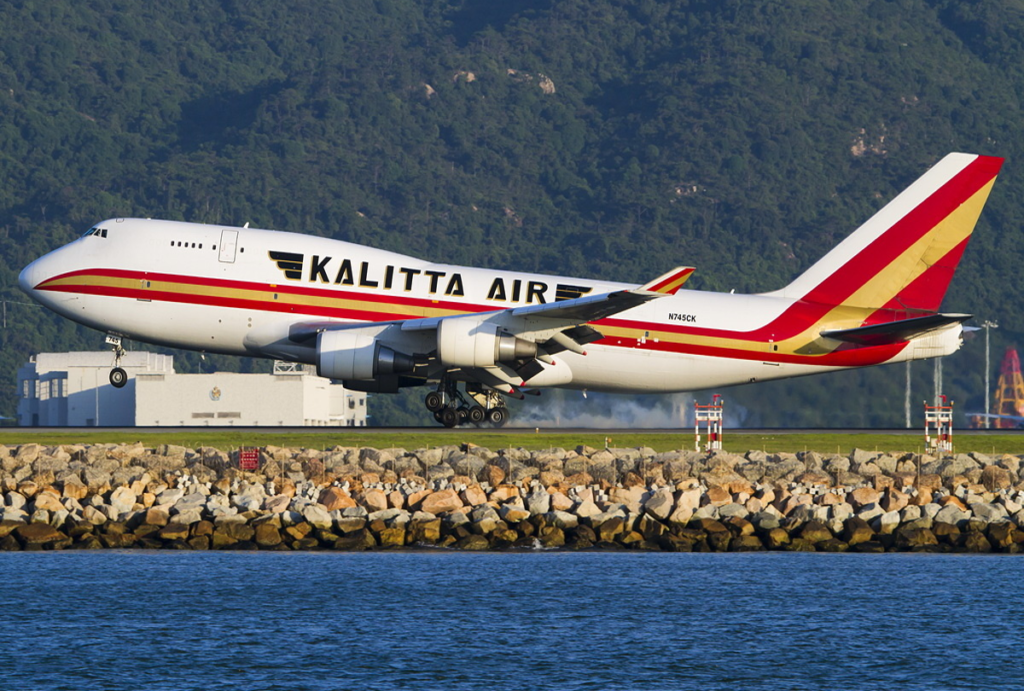
A few of the exciting places that we will fly
Hong Kong, China (VHHH)
Brussels, Belgium (EBBR)
Honolulu, HI (PHNL)
Delhi, India (VIDP)
Anchorage, AK (PANC)
Incheon, Korea (RKSI)
Amsterdam, Netherlands (EHAM)
San Francisco, CA (KSFO)
New York City, NY (KJFK)
Los Angeles, CA (KLAX)
Bahrain (OBBI)
Leipzig, Germany (EDDP)
Cincinnati, OH (KCVG)
Kuwait City, Kuwait (OKBK)
Liege, Belgium (EBLG)
Dubai, United Arab Emirates (OMDB)
Sao Paulo, Brazil (SBKP)
Mexico City, Mexico (MMMX)
Tuscon, AZ (KTUS)
Tel Aviv, Israel (LLBG)
Baku, Azerbaijan (UBBB)
San Juan, PR (TJSJ)
Shanghai, China (ZSPD)
Wake Island (PWAK)
Guam (PGUM)
Kona, HI (PHKO)
Multiple military bases worldwide

747-400 taxiing across the Quebec bridge in Amsterdam
Exclusive interview with Sean Horton,
Assistant Chief Pilot, Kalitta.
Pre Interview:
Craig: How do you select applicants to be brought in for an interview?
Sean: We initially screen each resume that we receive to determine whether the applicant meets our basic a, e.g. flight hours, ATP certificate, etc. Once their eligibility is established, we thoroughly review the details of each resume to attempt to develop a clear understanding of who the applicant is and the path that his or her career has followed up to this point. If we determine that the applicant has the potential to be a good fit for the airline, we’ll reach out and extend the offer to come to company headquarters for an interview.
C: What can an applicant do to increase their chances of being called for an interview?
S: Applicants should focus on creating a clear and concise resume that neatly outlines their experience and qualifications. I also cannot overstate the importance of both being honest and eliminating all ambiguity in the career summary portion of the resume. Attending job fairs is also a great way for applicants to make an impression on our recruiters and stand out as living, breathing people, versus being evaluated as just another resume from the pile.
C: How critical is it to attend a job fair to get an interview?
S: We strongly encourage pilots who are interested in joining Kalitta Air to attend job fairs. While attendance certainly isn’t required to be offered an interview, it certainly helps if we can “place a name with a face.” At the same time, prospective pilots have a chance to listen to our presentation and meet our recruiters to learn more about our organization. We view the job fair process as an invaluable opportunity to get to know our candidates in an informal setting in advance of the actual interviews conducted at company headquarters.
C: What is the best way to prepare for an interview with your company?
S: The best interview preparation advice that I can offer is to spend some time researching Kalitta Air and the type of flying that we do, so that you can form an understanding of who we are as an organization. One question that we always ask during the interview is “Why would you like to fly for Kalitta Air?” Being well informed will not only help you give a genuine answer to this question, but will also enable you to ask your interviewers pointed and pertinent questions throughout the interview process. When an applicant has clearly done his or her homework, it indicates a certain level of seriousness.
Interview:
C: Do you recommend that applicants get to your headquarters city the day before and get a hotel room for the night?
S: The interview process starts at 0800, so we definitely recommend that, unless they live within the immediate vicinity of our headquarters, applicants arrive the day prior to their interview.
C: Can you walk me through a typical day of interviews?
S: When they first arrive, members of the Human Resources and Flight Crew Training departments greet the candidates and everyone assembles in a classroom to complete some required paperwork and await being called to complete their pre-employment drug screenings. After the administrative items are completed, candidates are taken in pairs to be briefed by the Check Airman who will be conducting their simulator evaluation. At the conclusion of the briefing, the pair will fly their evaluation flight together, which typically lasts between 30 and 45 minutes. In the meantime, the students who are awaiting or have completed their evals will remain in the classroom with one or two additional Check Airmen who will spend the entire time getting to know the candidates and answering any questions they may have in a relaxed, informal setting. Once they complete their simulator sessions, applicants are called in individually for their panel interviews.
C: What kind of questions can an applicant expect to be asked?
S: The panel interview provides us the opportunity to determine whether the applicant will be a good fit for our airline and whether our airline will be a good fit for the applicant. Our awareness that the applicants are essentially interviewing us as an airline at the same time that we are interviewing them as potential pilots leads to a more informal interview setting, in which applicants are encouraged to ask as many questions as they like, in between answering the question they’re asked by the interviewers. In keeping with this concept, we mostly avoid asking canned or scripted questions. Instead, the interview tends to flow more like a conversation, during which we get to know the applicant, explore his or her background and determine if they’ll fit well into our pilot group.
C: What are some of the biggest mistakes that applicants make during the interview process?
S: Since the interview process only affords us a short amount of time to get to know our applicants, we really appreciate when they are open, honest and forthcoming. It’s never a good idea to give an interviewer the impression that you’re being evasive or less than truthful during the interview. It’s also important to remember that we evaluate our interviewees as whole people and not just pilots. Excellent flying skills and extensive flight time in the logbook do not automatically guarantee success. It’s equally important to be personable.
Written test:
C: Is there a written or computer test?
S: No.
Simulator Evaluation:
C: Do you have a simulator ride?
S: Yes.
C: What type of aircraft is used for the simulator evaluation?
S: The Boeing 747-200. Although we’re presently hiring exclusively into the 747-400, which has a modern glass cockpit, we elect to use our 747-200 simulator for evaluations. The -200’s older generation cockpit provides us with a better opportunity to gauge an applicant’s basic instrument and flying skills.
C: What types of scenarios should you expect in the simulator evaluation?
S: The evaluation consists of a basic, hand-flown, raw data flight. The evaluator will brief the applicants about the scenario, which consists of a takeoff and climb, tracking to a fix to enter and fly a hold, exiting the hold, vectors to an ILS and approach and landing. (The actual landing is not evaluated.)
C: What are you looking for in the simulator evaluation?
S: We do our best to impress upon our applicants that the point of our simulator evaluation is to get a feel for their basic instrument, aircraft control, procedural and CRM skills. Since the majority of our pilots have no previous 747 experience, we encourage them to utilize procedures and call for checklists that mirror those of the most recent aircraft they’ve flown. It’s also important for applicants to remember that they are not competing against their simulator partner to earn the job. The evaluator will be closely watching how the pilots interact and how well they use CRM to support each other.
C: What are the biggest mistakes applicants make?
S: The biggest issue that we see is with applicants whose most recent experience has been flying aircraft with newer generation cockpits with PFD/ ND style displays. These pilots will often require a few minutes of flying to settle down and recalibrate their instrument scans. We also find that applicants who have no previous heavy jet experience tend to over-control the aircraft because they assume that a heavy jet should be heavy on the controls, which the 747 is not. Besides these issues, some applicants find that entering, flying and exiting the raw data hold occasionally presents a challenge.
Post Interview:
C: Do you tell applicants they are hired in person that day?
S: Unfortunately, we are unable to make a formal offer of employment until we receive an applicant’s drug screening results, but it usually takes no longer than 2 to 3 days.
C: How soon can an applicant expect a class date after being hired?
S: We make every effort to place our applicants in class as soon as possible. With the current hiring rate, we expect to be able to offer applicants class dates that are no more than 6 weeks in the future, with the majority entering classes much sooner.
General:
C: How many pilots does your airline expect to hire this year?
S: While it’s difficult to project the number of pilots that we intend to hire, it’s important to note that the airline is in a period of growth with additional aircraft slated to arrive over the course of the next several months and beyond. We foresee a need to hire and train quality pilots throughout the remainder of 2015 and well into 2016.


